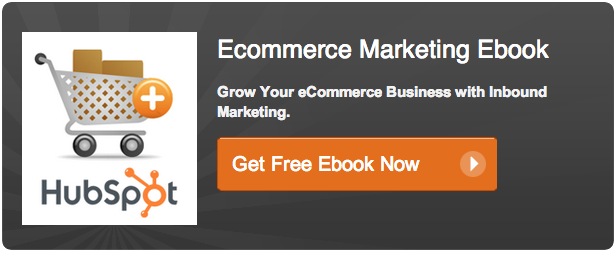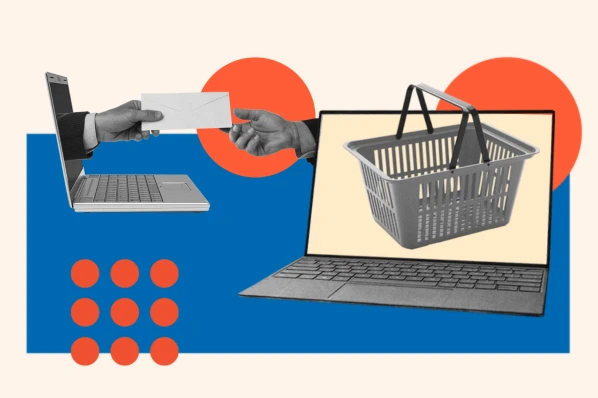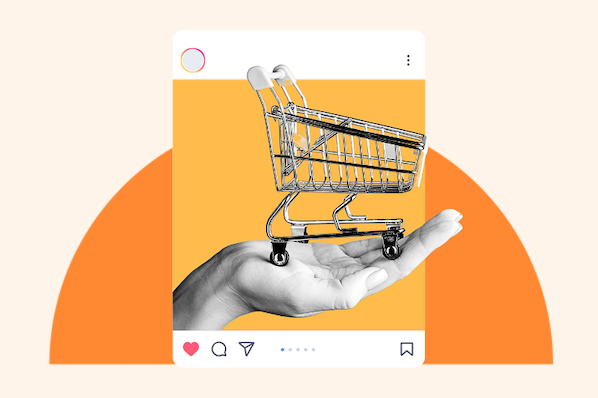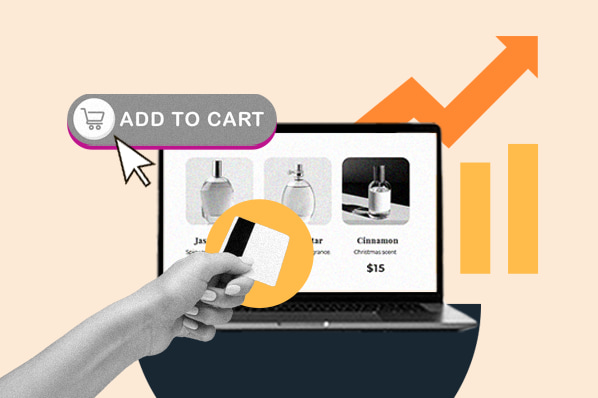 For many eCommerce companies with large inventory offerings (especially ones that are very diverse), one of the persistent problems in remarketing is, first, the ability to effectively identify behavioral purchasing patterns in site visitors. Second, it's utilizing that in an effective lead nurturing campaign to create recurring purchase behavior.
For many eCommerce companies with large inventory offerings (especially ones that are very diverse), one of the persistent problems in remarketing is, first, the ability to effectively identify behavioral purchasing patterns in site visitors. Second, it's utilizing that in an effective lead nurturing campaign to create recurring purchase behavior.
Here is a simple, 3-step strategy you can implement to take advantage of best practices of inbound marketing for eCommerce and remarketing:
Step 1: Create a Buyer’s Guide
Knowing what product to buy (which model, what features, what accessories, etc.) can get very confusing and overwhelming for consumers. If I want to buy a new TV (it’s time to get rid of my rear-projection set), I have a lot of research to do! Plasma vs. LCD, new features (they can stream Netflix to TVs now!), sizes, manufacturers, contrast ratio – everything that factors into buying a new TV can be quite intimidating.
You probably get tons of questions about your products, so why not use your customers to create content for you?! Use these customers' questions in more than just a generic “FAQ” – create a valuable buyer’s guide about your products and use that in your marketing of them.
Step 2: Use Landing Pages
There’s always more than one transaction happening on your website. Visitors converting to sales are your eventual goal, but there is also the transaction of information. Once you've created your awesome and valuable buyer’s guide that will make your potential customers' buying process easier and more painless, park it behind a landing page. The concept of a landing page is that it asks for something valuable to you -- the seller -- (e.g. their contact information and answers to some qualifying questions) in exchange for something valuable to them -- the consumer (e.g. information about how to make their buying process simpler).
The conversion rate for landing pages is usually astronomically higher than that of a straight purchase, so use the information transaction to create a funnel opportunity to market to what might otherwise have been lost traffic.
The fact that prospects are interested in your buyer’s guide at all immediately qualifies them to a degree (especially if it’s a product- or category-specific guide), but don’t lose this opportunity to gather more data such as itch cycle (“When did you buy your last TV?”) or urgency (“When are you planning on buying a new TV?”).
Step 3: Use Lead Nurturing
Once you’ve identified list segments that correlate to different products or categories, create custom email campaigns to follow up with consumers using information and special offers. Most eCommerce sites have some type of email marketing campaign in place (many of which are very expensive, involving hundreds of thousands or millions of email lists), but the conversion rate is usually very low. The reason is that generic email campaigns fail to capture the interest of readers in the precious few seconds that customers glance at your email while clearing out their inbox.
A targeted email campaign can guide customers down the sales funnel to conversion and increase your chance of generating a sale while decreasing both the number of emails you have to send and the number of lost opportunities.
The reason that eCommerce marries so well with inbound marketing is, once you’ve converted someone on a specific product offering, the potential for remarketing with your highly targeted list segmentation increases dramatically over a simple product list broadcast to all of your former customers.



![How to Write an Ecommerce Business Plan [Examples & Template]](https://www.hubspot.com/hubfs/ecommerce%20business%20plan.png)





![How to Send Effective Order Confirmation Emails [Examples + Template]](https://53.fs1.hubspotusercontent-na1.net/hubfs/53/order-confirmation-email-1.jpg)

![How to Start an Ecommerce Business [Steps + Must-Follow Tips]](https://www.hubspot.com/hubfs/how%20to%20start%20an%20ecommerce%20business.jpg)